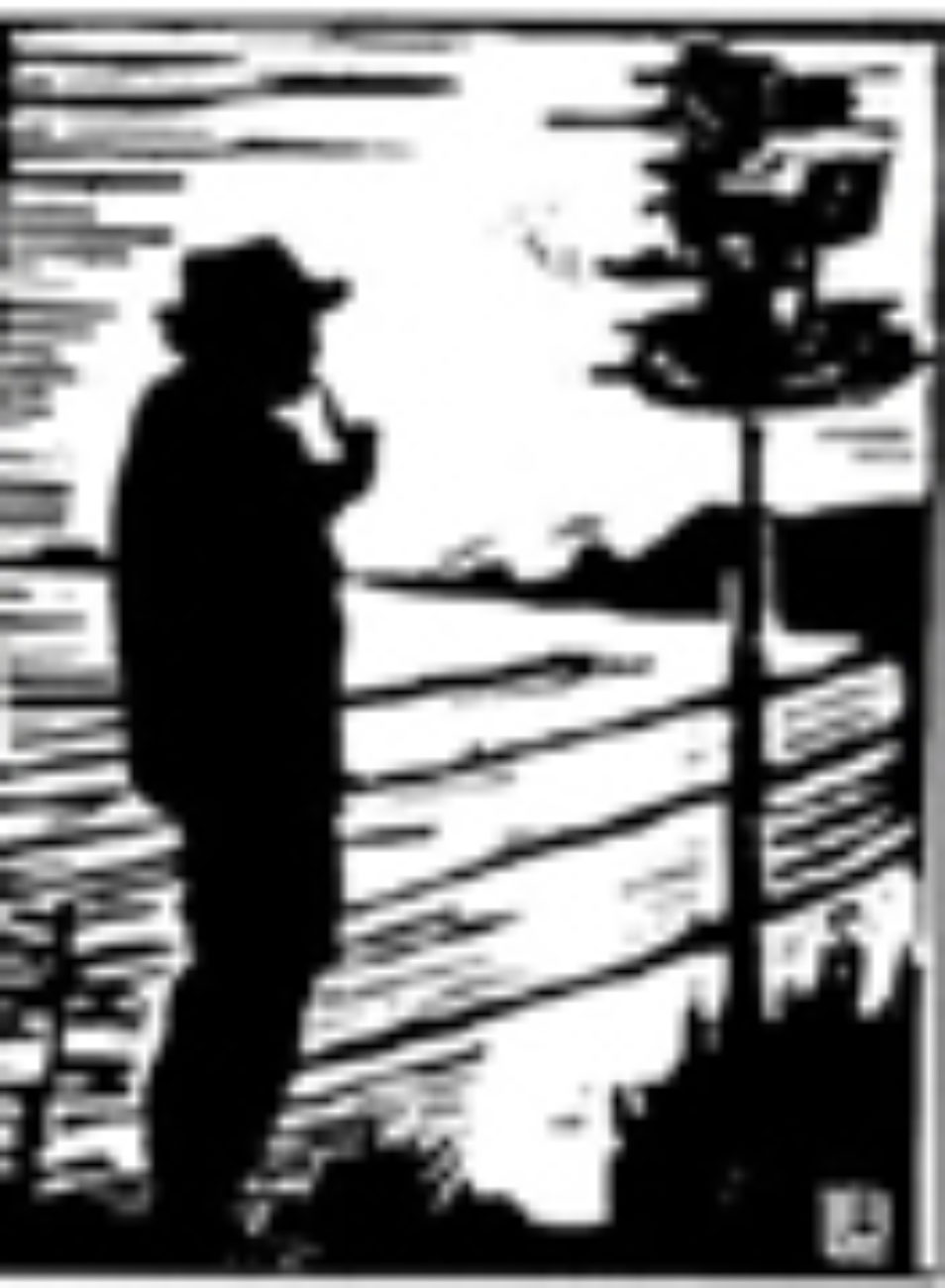Ernest Bloch in the USA
Alexander KnappAlthough Ernest Bloch was born in Geneva in 1880, studied in several important European cultural centers during his youth (Geneva, Brussels, Frankfurt, Munich, Paris), and wrote many significant early works in or near the city of his birth, it was in the USA that his career as composer, conductor and educator reached its zenith.
Bloch sailed to New York for the first time in 1916 – at the height of World War I. Immediately, prominent musicians expressed deep interest in, and admiration for, several of his large-scale works, including those known collectively as the Jewish Cycle (comprising Three Jewish Poems, three Psalm settings, Israel Symphony, Schelomo, and String Quartet No. 1) which he had recently completed. He returned to New York in 1917, this time bringing his wife, son and two daughters. Concerts of his music in New York and Boston followed soon after, and these quickly consolidated his position as a major figure in American music.
Over the coming years his most important teaching positions were at the Mannes School of Music in New York City (1917-20), the Cleveland Institute of Music (which he directed between 1920 and 1924), the San Francisco Conservatory of Music (Director, 1925-30), and – after a period in Europe devoted exclusively to composition (1930-38) – the University of California at Berkeley until he retired in 1951. Although it was never his intention to found a “school” of composition, some of America’s most celebrated composers (e.g. Roger Sessions) were among his numerous pupils.
In 1924, Bloch applied for and received American citizenship; and many of his compositions reflected a deep affection for his adopted country. Notable among these is America: an Epic Rhapsody in Three Parts for symphony orchestra, which utilizes carefully selected traditional American melodic materials in order to trace the history of the USA from 1620 to 1926 (the date of completion of the work), and which concludes with an anthem for four-part mixed choir and audience participation. The title page bears an extended inscription, beginning as follows: “This Symphony has been written in love for this country – In reverence to its past – In faith to its Future. It is dedicated to the memory of Abraham Lincoln and Walt Whitman whose vision has upheld its inspiration.” America won the Musical America Prize in 1926, resulting in the composition being performed by five major orchestras in the US in December 1928..
Other compositions particularly expressive of Bloch’s devotion to the New World are, first of all, Poems of the Sea, a piano work of 1922 (also existing in an orchestral version), inspired by the poetry of Walt Whitman; and secondly, the monumental Violin Concerto of 1938, the main theme of which is derived from a Native American melody that he had earlier transcribed during his extensive travels throughout the USA during the 1920s.
Bloch spent the last twenty years of his life (1939-59) in Oregon and at Agate Beach (now a part of Newport, Oregon), where he wrote numerous compositions of every kind – from intimate miniatures to vast symphonic works – inspired by the Pacific Ocean which pounded the beach above which his large house stood.
Bloch was the recipient of several significant American awards and honorary degrees, in addition to the above-mentioned Musical America Prize. The first was the Coolidge Prize, awarded to him in 1919 for his Viola Suite; thereafter, he received the American Academy of Arts and Letters Gold Medal in Music (1942), the New York Music Critics Circle Award (1947 and 1954), the National Jewish Welfare Board Frank L. Weil Award (1956), the Fine Arts Commission of the City of Portland Special Award (1958), and the Brandeis Creative Arts Award (1959). All of these give an indication of the high esteem in which he was held in the USA. Indeed, during his lifetime, there were commentators who regarded Bloch as the fourth great “B” following along with Bach, Beethoven and Brahms.
Since his death, however, his reputation has suffered a relative minor eclipse, even in the USA, UK and Italy, three countries where his popularity had perhaps been the most pronounced. There are plans, however, to create a substantial revival of the many magnificent works that are hardly – if ever – heard nowadays, in order that they may take their rightful place alongside those works that are well established in the mainstream classical repertoire, such as, for example, Schelomo – Hebrew Rhapsody for cello and orchestra (1916), “Nigun” from the Baal Shem Suite for violin and piano (1923), Piano Quintet No. 1 (1923), From Jewish Life for cello and piano (1924), the Concerto Grosso no. 1 for Strings and Piano (1925), and Avodath Hakodesh – “Sacred Service” for baritone, mixed choir and orchestra (1933).
The Ernest Bloch Jubilee Commemoration of the 50th Anniversary of Bloch’s death will take place in 2009. Events are being organized in cities and towns in the USA, UK, Switzerland, France, Israel, Japan and elsewhere. As a forerunner to this International Festival, the University of Cambridge hosted an International Conference on Bloch at Fitzwilliam College at the end of July 2007, attracting delegates from many parts of the world, including eight members of the Bloch family – four from the West Coast of America and four from Switzerland. It is to be hoped that, with the energy now being generated, a re-discovery of Ernest Bloch – his extraordinarily colorful life and music – will lead to a deeper understanding of one of the most original and challenging American composers of the 20th century.
Alexander Knapp
September 2007
Alexander Knapp reading his article — “Ernest Bloch in the USA.”
